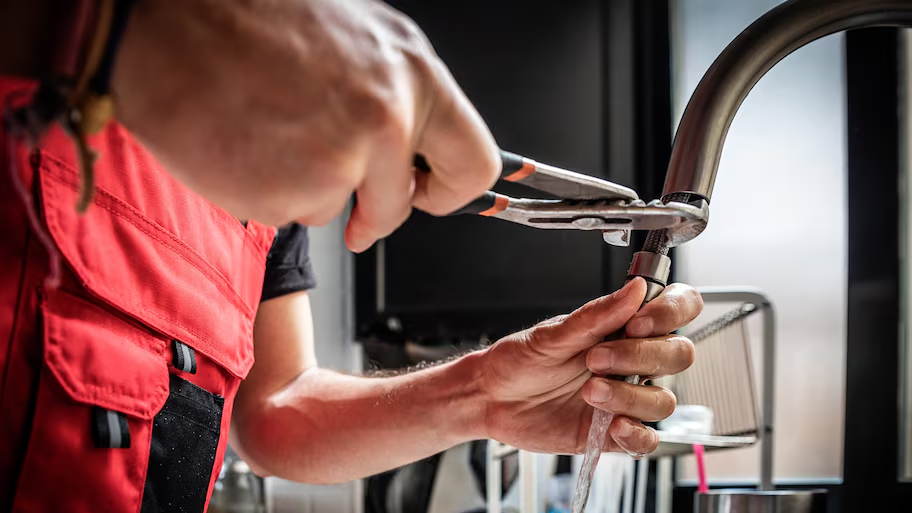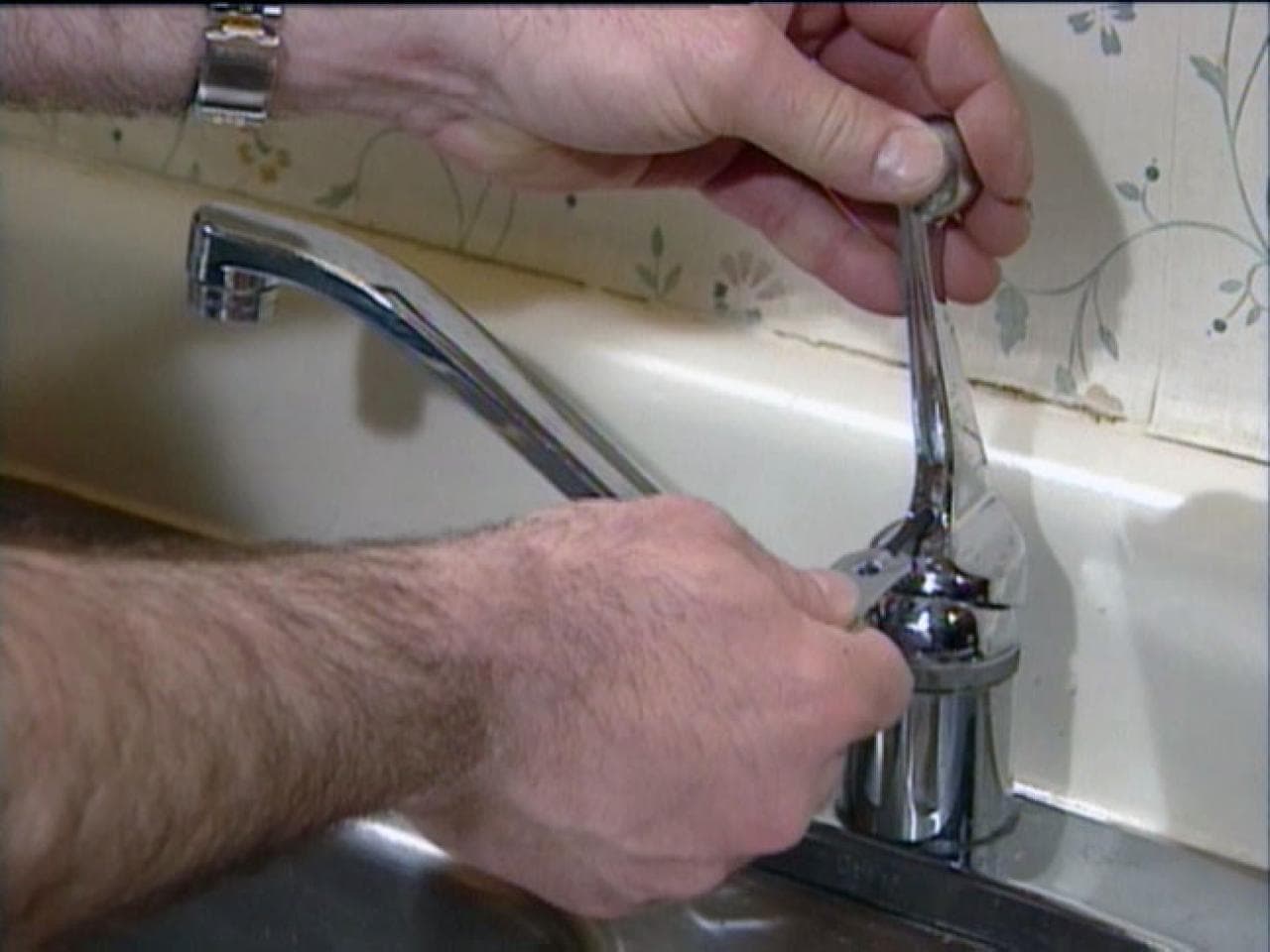Exploring the Relevance of Correcting a Dripping Faucet
Exploring the Relevance of Correcting a Dripping Faucet
Blog Article
They are making several good points related to Why Are My Faucets Dripping (And Can I Fix It Myself)? in general in the content down below.

Trickling taps may look like a minor inconvenience, but their impact surpasses simply the inconvenience of the sound. From drainage to sustaining unnecessary economic expenses and health threats, neglecting a dripping tap can cause numerous effects. In this post, we'll delve into why it's vital to address this usual household problem promptly and successfully.
Wastefulness of Water
Environmental Effect
Trickling faucets contribute dramatically to water wastage. According to the Environmental Protection Agency (EPA), a solitary tap dripping at one drip per second can squander greater than 3,000 gallons of water each year. This not just pressures water sources but additionally affects communities and wildlife based on them.
Step-by-Step Guide to Taking Care Of a Dripping Faucet
Devices Called for
Prior to trying to take care of a dripping tap, gather the needed devices, including a flexible wrench, screwdrivers, substitute parts (such as washing machines or cartridges), and plumber's tape.
Usual Faucet Issues and Their Solutions
Determine the kind of tap and the details issue triggering the drip. Typical troubles consist of worn-out washers, corroded valve seats, or malfunctioning O-rings. Describe supplier instructions or online tutorials for step-by-step advice on repairs.
Financial Costs
Increased Water Bills
Beyond the ecological influence, trickling taps can pump up water expenses significantly. The built up wastage over time converts right into greater energy costs, which could have been avoided with prompt repair services.
Potential Residential Or Commercial Property Damages
Additionally, prolonged trickling can cause damage to components and surfaces bordering the tap. Water build-up can create staining, deterioration, and even architectural issues if left ignored, causing additional repair service costs.
Health and wellness Problems
Mold and Mildew Development
The consistent existence of dampness from a dripping faucet produces an ideal environment for mold and mold development. These fungis not just endanger indoor air top quality but additionally pose wellness threats, specifically for people with respiratory system problems or allergies.
Waterborne Conditions
Stagnant water in leaking faucets can come to be a breeding place for bacteria and various other virus, boosting the danger of waterborne conditions. Impurities such as Legionella germs thrive in stationary water, possibly resulting in major diseases when consumed or breathed in.
Do it yourself vs. Expert Repair work
Advantages and disadvantages of DIY Repair Service
While some may try to take care of a dripping tap themselves, DIY fixings include their very own set of obstacles. Without proper expertise and tools, DIY efforts can exacerbate the problem or bring about incomplete repair services, prolonging the issue.
Advantages of Hiring an Expert Plumber
Working with a specialist plumber guarantees that the underlying root cause of the trickling tap is addressed efficiently. Plumbing professionals possess the know-how and tools to diagnose and repair faucet issues efficiently, saving time and minimizing the risk of further damage.
Ecological Duty
Specific Payment to Preservation
Taking obligation for taking care of leaking taps lines up with wider efforts towards water preservation and environmental sustainability. Every individual's activities jointly make a considerable impact on maintaining valuable resources.
Lasting Living Practices
By prioritizing prompt repairs and taking on water-saving practices, individuals add to sustainable living techniques that benefit both existing and future generations.
Preventive Measures
Normal Maintenance Tips
To stop dripping taps, perform regular upkeep such as cleaning up aerators, evaluating for leaks, and changing worn-out components without delay. Furthermore, take into consideration installing water-saving gadgets or updating to extra efficient fixtures.
Relevance of Prompt Repairs
Dealing with leaking taps as quickly as they're noticed protects against more water waste and prospective damages, ultimately conserving both water and money in the future.
Effect On Home Worth
Understanding of Well-Maintained Residential Property
Keeping a property in good condition, consisting of resolving upkeep problems like dripping faucets, improves its viewed value and worth amongst potential customers or occupants.
Influence on Resale Value
Features with properly maintained plumbing fixtures, consisting of faucets, command greater resale values in the real estate market. Attending to dripping taps can add to a positive perception during residential property evaluations and arrangements.
Conclusion
Attending to a dripping faucet surpasses mere benefit; it's a crucial step toward preserving water, reducing financial expenses, and guarding health and building. Whether through DIY repair work or expert help, doing something about it to deal with dripping faucets is a small yet impactful way to promote responsible stewardship of resources and add to a healthier, more lasting future.
Most Common Reasons for a Leaky Faucet and How to Stop the Drip
Whether it’s your kitchen faucet leaking or a bathroom faucet leaking, one leaky faucet can waste anywhere from three to 30 gallons of water every single day. If the constant drip-drip-drip doesn’t get your attention, your water bill will. The good news is that, by following a few simple steps, chances are pretty good you can fix the problem yourself.
Why is it dripping?
Before you start taking things apart, let’s break down some of the most common causes of a leaky faucet.
Bad O-ring.
A cartridge is a valve that controls the flow of water into the faucet spout. On cartridge faucets there’s an O-ring—the little disc attached to the stem screw that holds the faucet handle in place. If it’s loose or worn-out, it can cause your sink handle to leak. Of course, the cartridge itself could be worn out. If that’s the case, make sure you replace it with the exact same kind.
Corroded valve seat.
The valve seat connects the faucet and the spout. If the leak seems to be coming from the spout, it might be because a buildup of water sediment has corroded the valve seat.
Worn-out washers or seals.
A leaky spout could be caused by a bad washer that rests against the valve seat. It’s just a matter of time before friction takes its toll. It could also be the wrong size washer or one that’s been installed incorrectly. Water sediments can also corrode inlet and outlet seals.
Water pressure.
If the faucet only drips now and then, or when you turn the handles a certain way, you should probably check your home’s water pressure.
Loose or broken parts.
The adjusting ring and packing nuts in the stream screw can become loose over time, causing your sink handle to leak. Try tightening or replacing the packing nut. If the leak is coming from the pipes underneath the sink, you probably have a broken pipe or fitting. If that’s the case, you should definitely call a plumber.
Know your faucet.
Faucets come in a variety of types. Each one has its own assembly—and its own possible causes of leaks. Learning about the four most common kinds of faucets will help you know how to take them apart and make any repairs.
How to stop a leaky faucet
Fixing that leaky faucet doesn’t have to take a lot of time, money, or expertise. It’s usually a simple matter of replacing a worn-out washer or gasket, a loose O ring, or another part. Chances are really good you can do this yourself if you follow these simple steps.
Shut off the water.
Before you tackle the faucet, cut off the water supply to the sink. There should be one valve for hot and one for cold. Hand-turn them clockwise with your hands till they close. If there are no valves under the sink, head to the basement and shut off the main water supply to the house. Then turn on the faucet until it empties out the water that’s still in the line and you’re ready to start. It’s a good idea to cover the sink drain with a plug or a rag so you don’t lose any small pieces and parts while you’re working.

I'm just very interested in Leaky Faucets: Why They Happen & What to Do About Them and I am praying you enjoyed the article. Do you know another individual who is enthusiastic about the niche? Please feel free to share it. Kudos for being here. Revisit us soon.
Report this page